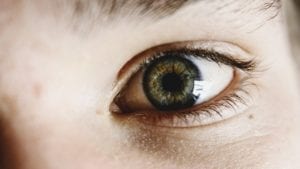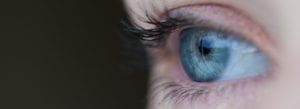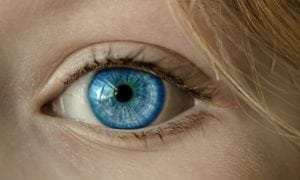Choroideremia
What is choroideremia?
Choroideremia is a condition characterized by progressive vision loss which ultimately leads to blindness in late adulthood. It mainly affects males, whereas female carriers may have mild symptoms without loss of vision.
Choroideremia is characterized by broad loss of all retinal layers in the eyes, typically beginning during childhood. The retina is the light sensitive, inner layer of the eye consisting of many nerve-containing layers. A layer of single pigmented cells is the layer outside of the retina, followed by the choroid – which contains small blood vessels.
In choroideremia, the degeneration of those blood vessels of the choroid is followed by damage to the retina, which often leads to loss of peripheral vision that can progress to eventual blindness.
What are the symptoms of choroideremia?
Symptoms tend to begin in childhood, with the first effect being night blindness. This is followed by the loss of visual acuity (the ability to see details), which ultimately progresses to blindness. Affected individuals also experience tunnel vision.
What causes choroideremia?
A mutated CHM gene results in choroideremia, and it is inherited in an X-linked recessive pattern. This is why it mainly impacts males. This gene is responsible for the REP-1 protein, which is necessary for moving organelles around within the cells. When it is mutated, the protein is unable to perform its job, and cells end up dying prematurely. In the case of choroideremia, the cells in the retina atrophy over time, causing the progressive vision loss.
How is choroideremia diagnosed?
The first step in diagnosis is an eye exam; doctors will look for vision loss. Genetic testing can confirm a diagnosis.
What are the treatments for choroideremia?
Treatment is symptomatic, but there is currently no cure for this condition.
Until a treatment is discovered, help is available through low-vision aids, including optical, electronic, and computer-based devices.
Where can I find out more about choroideremia?
Choroideremia Articles

Choroideremia Fundraising Efforts Continue Despite the Pandemic

Gene Therapy Could Cure Irreversible Blindness for X-Linked Retinitis Pigmentosa

One London Teenager Raises Enough Money for the First Clinical Trial for Choroideremia

Choroideremia Can Lead to Blindness – But Gene Therapy Might Be Able to Halt It

New Mutations Identified in Study of Five Polish Families With Choroideremia

New Treatment for Chorioderemia Granted Orphan Drug Designation

How To Grow an Eye: Doctors Develop New Technique to Test Treatments




